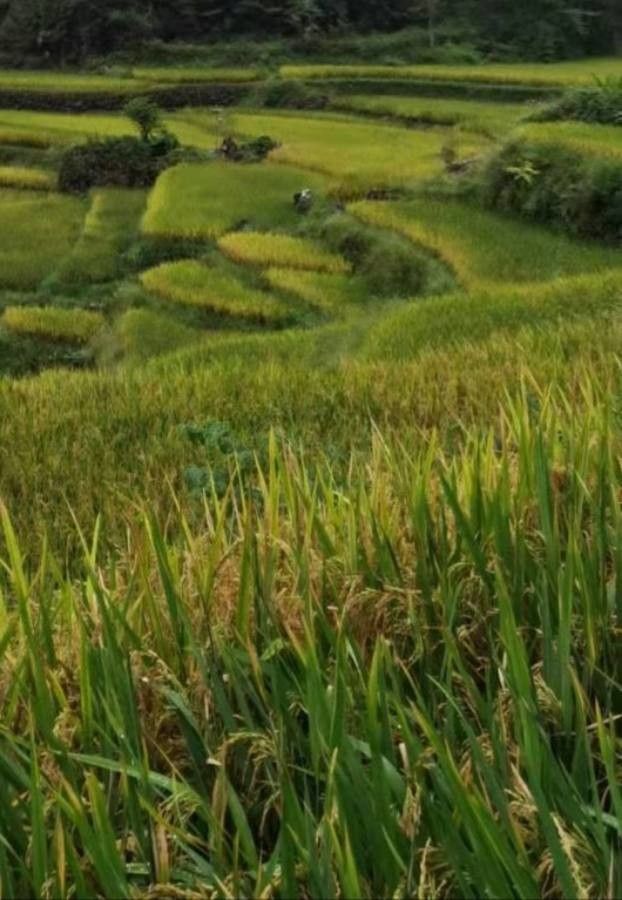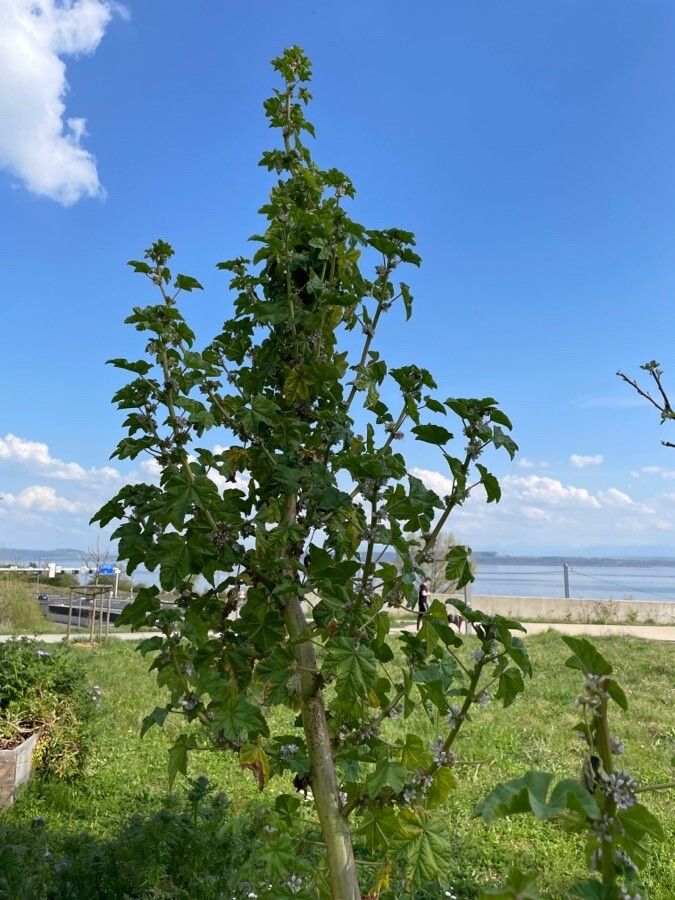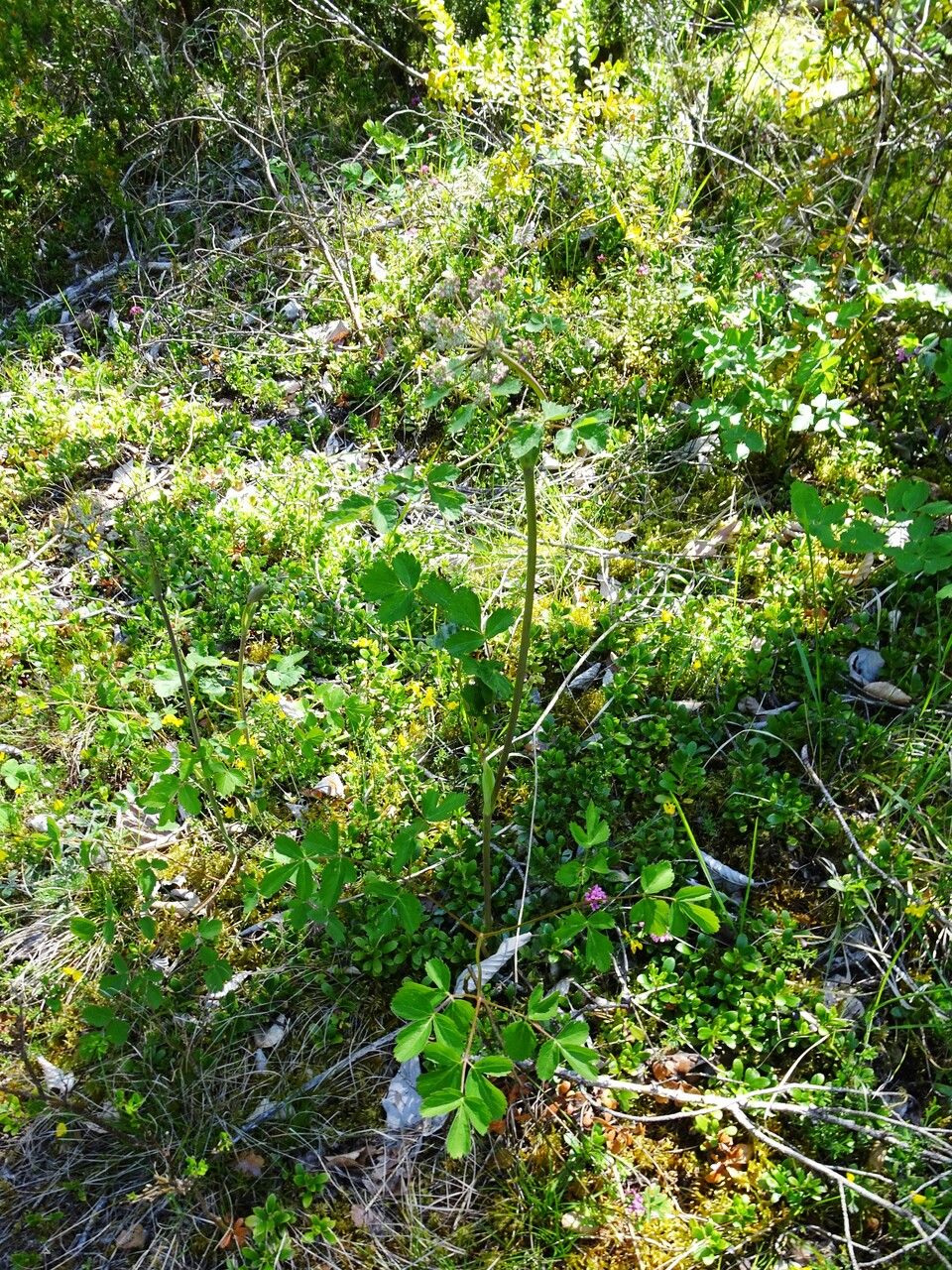## Lowland Rice: The Foundation of Global Food Security
Lowland rice ( *Oryza sativa*), a member of the Poaceae family, is a staple food crop for billions worldwide. Unlike upland rice, which is grown in drier conditions, lowland rice thrives in flooded fields, also known as paddies. Understanding its unique cultivation requirements is crucial for maximizing yields and ensuring food security.
### Habitat and Growth
Lowland rice is adapted to submerged conditions. The flooding provides several benefits: it suppresses weeds, creates a more stable soil temperature, and protects the roots from oxygen stress. The paddy system creates a unique micro-environment teeming with beneficial microbes that contribute to nutrient cycling. However, it's important to manage water levels carefully, as prolonged submergence can lead to oxygen deficiency and reduce yield.
### Soil Needs
Lowland rice prefers fertile, well-drained soils that can retain water. Ideal soils are silty clay loams or clay soils rich in organic matter. The soil pH should be slightly acidic to neutral (pH 5.5-7.0). Poor drainage can lead to nutrient deficiencies and anaerobic conditions harmful to root growth. Soil testing is highly recommended before planting to assess nutrient levels and adjust accordingly.
### Sun Exposure
Lowland rice requires plenty of sunlight. At least six to eight hours of direct sunlight per day is necessary for optimal growth and grain production. Shaded conditions will reduce yield significantly. Careful consideration of the planting location to ensure adequate sun exposure is critical to successful cultivation.
### Cultivation Techniques
Cultivation methods vary depending on local conditions and resources. Common practices include seedbed preparation, transplanting seedlings, water management (including irrigation and drainage), weed control, fertilization, and pest and disease management. Integrated pest management strategies, promoting biodiversity, and reducing reliance on synthetic pesticides are becoming increasingly important for sustainable rice production.
### Importance and Global Impact
Lowland rice plays a vital role in global food security, providing a significant portion of the world's caloric intake. Its cultivation, however, is susceptible to various environmental challenges, including climate change, water scarcity, and soil degradation. Research focusing on developing drought-tolerant and climate-resilient varieties is crucial to ensure future food security.
### Conclusion
Lowland rice, a cornerstone of global agriculture, requires careful consideration of soil conditions, water management, and sunlight exposure. Sustainable cultivation practices are essential to ensure continued production and address the challenges of climate change and food security. Further research and technological advancements will be crucial in optimizing yields and reducing environmental impacts.
Lowland Rice: Cultivation, Growth & Uses

Frequently Asked Questions
How to grow lowland rice successfully?
Successful lowland rice cultivation involves preparing fertile, well-drained soil, managing water levels precisely, ensuring adequate sunlight, employing effective weed control, and using appropriate fertilization and pest management strategies.
What are the ideal soil conditions for lowland rice?
Lowland rice thrives in silty clay loams or clay soils rich in organic matter. The soil should retain water well but also have good drainage, and a slightly acidic to neutral pH (5.5-7.0) is ideal.


